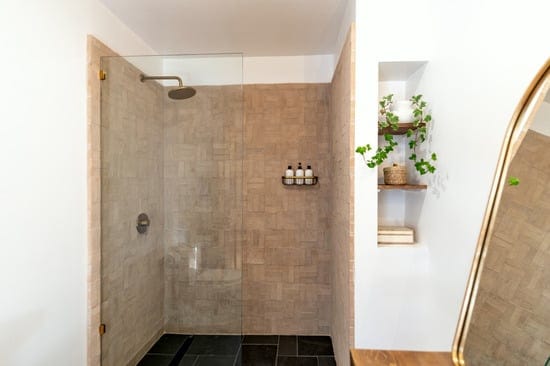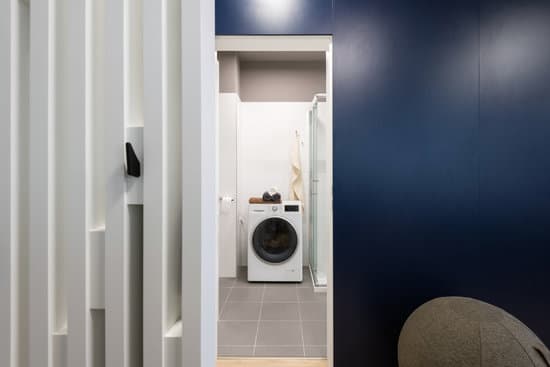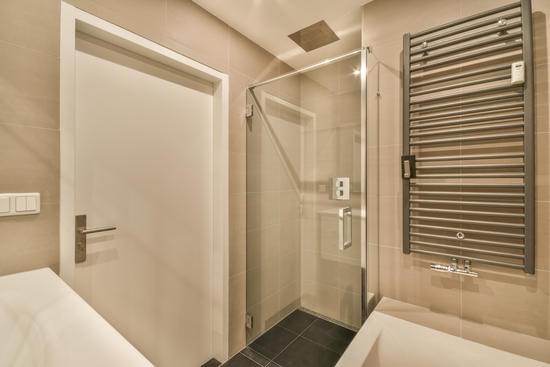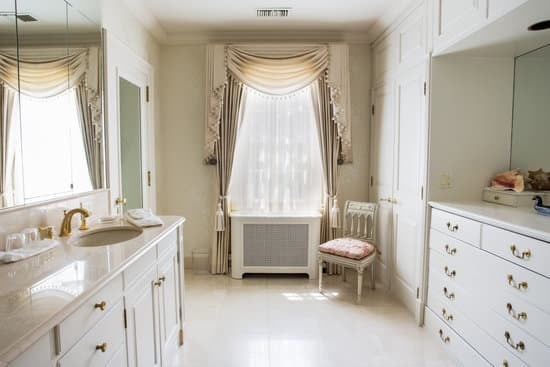Are your bathroom tiles coming loose? Don’t worry, fixing them is easier than you think. In this article, we will guide you through the process of repairing loose bathroom tiles step by step. By following our instructions and taking necessary safety precautions, you can restore stability to your bathroom floor or wall and prevent any potential accidents. So grab your tools and let’s get started on fixing those loose tiles for a safer and more secure bathroom!
Assessing the Damage
Before you can fix a loose bathroom tile, you’ll need to assess the extent of the damage. Safety should be your top priority, so take the time to evaluate the underlying cause of the problem. Start by examining neighboring tiles to see if they are also loose or showing signs of damage. This will help determine if there is a larger issue with the tile installation or if it’s an isolated problem. Carefully inspect the surrounding grout lines for any cracks or gaps that may have contributed to the loosening of the tile. Additionally, check for any water damage or moisture in the area, as this could be a sign of a more serious issue. By thoroughly assessing the damage, you’ll be able to troubleshoot and address the problem effectively and safely.
Gathering the Necessary Tools and Materials
To start, you’ll need to gather all the necessary tools and materials. First, make sure you have a putty knife or scraper to remove any old adhesive or grout from the tile and surrounding area. You’ll also need a trowel to apply the new adhesive evenly. When choosing the right adhesive, opt for a waterproof one that is specifically designed for use with tiles. This will ensure a strong bond that will hold up against moisture in the bathroom. Additionally, be sure to properly seal the edges of the tile once it’s in place. This will help prevent water from seeping underneath and causing further damage. Use a silicone caulk that matches your tile color for a clean and seamless finish. Remember, taking these precautions will not only fix your loose tile but also ensure long-lasting durability and safety in your bathroom.
Removing the Loose Tile
Start by carefully prying the loose tile away from its surrounding area using a putty knife or scraper. Make sure to wear safety goggles and gloves to protect yourself from any flying debris. Gently insert the tool underneath the edge of the tile and apply pressure, gradually lifting it up. Be cautious not to damage the adjacent tiles while removing the loose one.
Once you have successfully removed the tile, inspect the underlying surface for any damage or leftover adhesive. Clean it thoroughly and make any necessary repairs before proceeding with replacing broken tiles. This will ensure a smooth and stable foundation for your new tile.
To prevent future tile damage, consider using a high-quality adhesive that is suitable for your specific type of tile. Additionally, apply a layer of grout sealer over the grout lines to protect them from moisture and stains.
Remember, taking proper precautions during this process is crucial for your safety.
Preparing the Surface for Replacement
Once you’ve successfully removed the loose tile, it’s important to thoroughly inspect and repair the underlying surface before replacing it. This step is crucial for ensuring a long-lasting fix and preventing future issues. Here are some key steps to follow in preparing the substrate:
- Clean the area: Remove any dust, debris, or old adhesive from the surface using a vacuum or brush.
- Smooth out uneven spots: Use a putty knife or sandpaper to level any uneven areas on the surface. This will help create a flat and stable base for the new tile.
- Apply adhesive properly: Choose an appropriate adhesive for your specific tile type and follow the manufacturer’s instructions carefully. Apply an even layer of adhesive onto the prepared surface, making sure to cover all areas where the tile will be placed.
Taking these precautions will help ensure that your replacement tile adheres securely and stays in place for years to come, providing a safe and durable bathroom floor or wall.
Installing and Securing the New Tile
After thoroughly preparing the surface, it’s time to install and secure the new tile. Begin by applying a layer of adhesive to the back of the tile using a notched trowel. Press firmly onto the wall, ensuring proper alignment with surrounding tiles. Allow the adhesive to dry for at least 24 hours before proceeding.
Next, mix the grout according to the manufacturer’s instructions and apply it between the tiles using a grout float. Make sure to fill all gaps completely and remove any excess grout from the tile surface.
Once the grout has dried, seal it with a penetrating sealer to protect against moisture and stains. This step is crucial in avoiding future damage to your bathroom tiles.
Remember, safety should always be a priority when working on any home improvement project. Wear protective gear such as gloves and goggles, and follow all instructions carefully.
Conclusion
So, there you have it! By following these steps, you can easily fix a loose bathroom tile. Remember to assess the damage, gather your tools and materials, remove the loose tile carefully, prepare the surface for replacement, and finally install and secure the new tile. With a little bit of effort and patience, your bathroom will look good as new in no time. Good luck with your DIY project!







